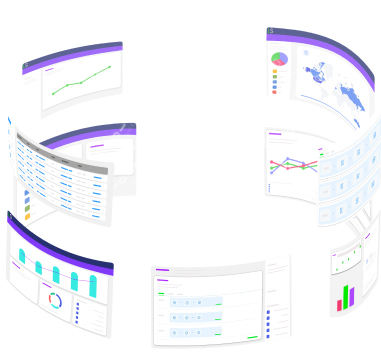

Machine Learning:
What, why, and how
it works.
Technology is constantly changing how we buy and sell media. ML (machine learning), as a component of programmatic advertising, has changed digital advertising in ways that at one time seemed unimaginable. Here, we'll take a closer look at ML and explain what it is, how it works, and how it can help you reach your advertising goals faster.